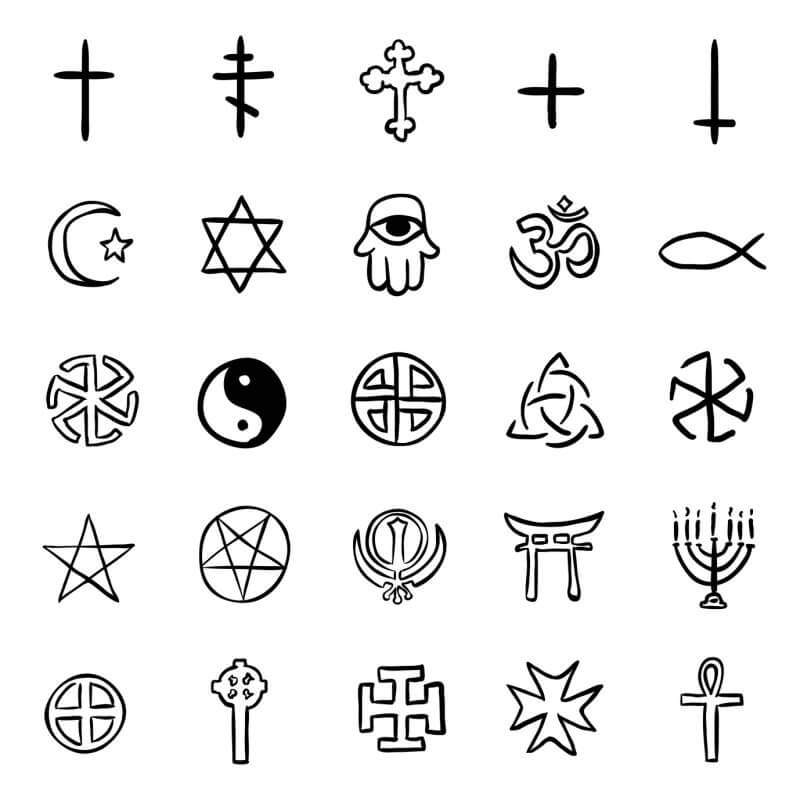 The Glands They are structures that have the ability to produce substances that are capable of producing an effect in another organ, these can be released into the blood, into a cavity such as the inside of a viscera or to the body surface.
The Glands They are structures that have the ability to produce substances that are capable of producing an effect in another organ, these can be released into the blood, into a cavity such as the inside of a viscera or to the body surface.
Types of glands
The final destination of the substances that are produced causes the glands to be classified into two large groups:
Endocrine glands. They are those glands that release their secretions into the blood to travel through the body, this occurs in the cases of hormones that are produced in a gland and have an effect in a distant place in the body.
Exocrine glands. In this case, the secretion is released near the site where they are produced, for which the gland has an excretory duct that transports it into a viscera, as occurs with the secretions of the pancreas that are drained through the Wirsung duct into the intestine. , specifically towards the duodenum, the breasts that secrete milk or the sweat glands that release sweat towards the skin.
Endocrine glands
The endocrine glands are part of the endocrine system, a system that is responsible for the control of organs related to important functions such as metabolism, regulation of blood pressure, sexual activity and reproduction. It is made up of several glands.
Pineal. This gland is located inside the skull at the level of the brain, where Melatonin is produced, a hormone responsible for regulating the sleep-wake cycle.
Hypothalamus It is a structure of the nervous system found in the brain and its function is to regulate the other glands of the endocrine system by producing releasing agents that are necessary to activate the hormonal secretion of the pituitary gland.
Hypophysis. It is a structure that is also located in the skull and is contained in a bone structure known as the sella turcica. She releases the stimulating agents from the other glands.
Thyroid. It is a structure that is located in the neck, where the thyroid hormones T3 and T4 are produced by the action of TSH produced in the pituitary, these hormones are necessary to activate the different processes related to metabolism.
Parathyroid. There are four small glands that are located behind the thyroid, they produce parathormone, a substance necessary to regulate calcium metabolism and maintain stable levels in the blood.
Adrenals There are two glands located one on each kidney, there are produced several hormones such as aldosterone related to the control of blood pressure, cortisol and male sex hormones or androgens (both in men and women).
Pancreas. The pancreas is an endocrine and exocrine gland. Its endocrine activity is based on the production of the main hormone insulin related to the metabolism of carbohydrates and the maintenance of blood sugar levels within normal limits, there is also produced the hormone glucagon that regulates the function of insulin. . From an exocrine point of view, the pancreas produces amylases, lipases and proteases, enzymes that are released into the digestive tract for the digestion of food.
Ovaries They are two structures located on the sides of the uterus whose function is to produce estrogens, the main female sex hormone necessary to stimulate sexual activity, ovulation and reproduction.
Testicles They are two structures located in the scrotum that produce testosterone, the main male sex hormone necessary for sexual activity and the production of sperm.
 There are other structures capable of releasing hormones into the bloodstream without being glands, such is the case of the kidneys, which produce erythropoietin, a substance necessary to stimulate the production of red blood cells in the bone marrow and adipose tissue that produces a related hormone. with the appetite called leptin.
There are other structures capable of releasing hormones into the bloodstream without being glands, such is the case of the kidneys, which produce erythropoietin, a substance necessary to stimulate the production of red blood cells in the bone marrow and adipose tissue that produces a related hormone. with the appetite called leptin.









